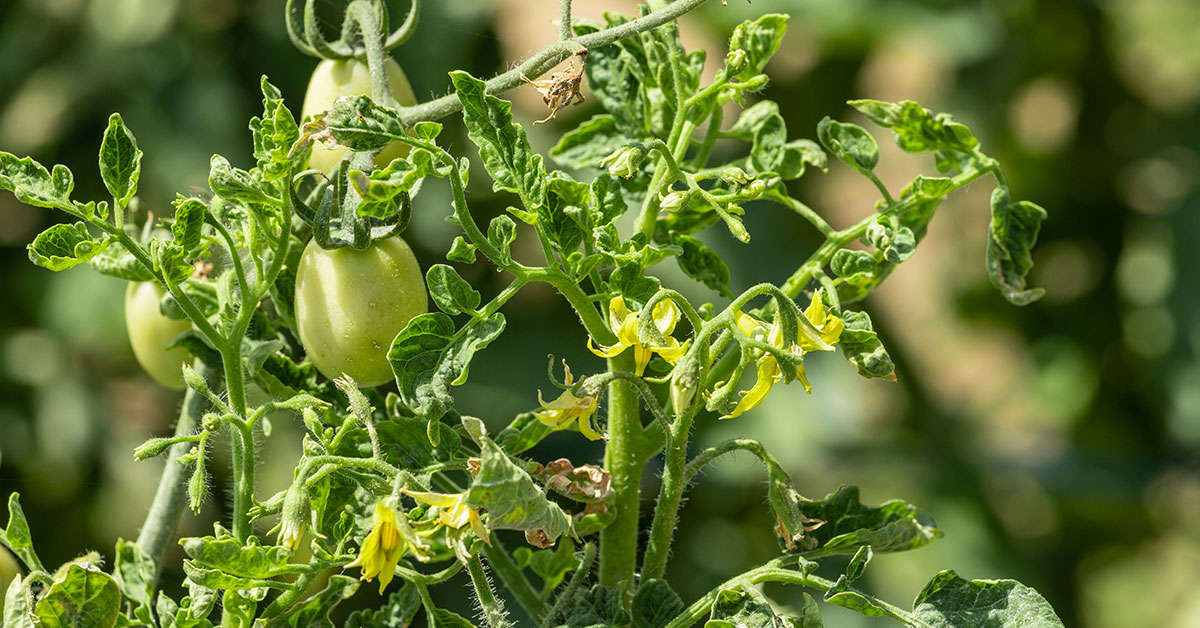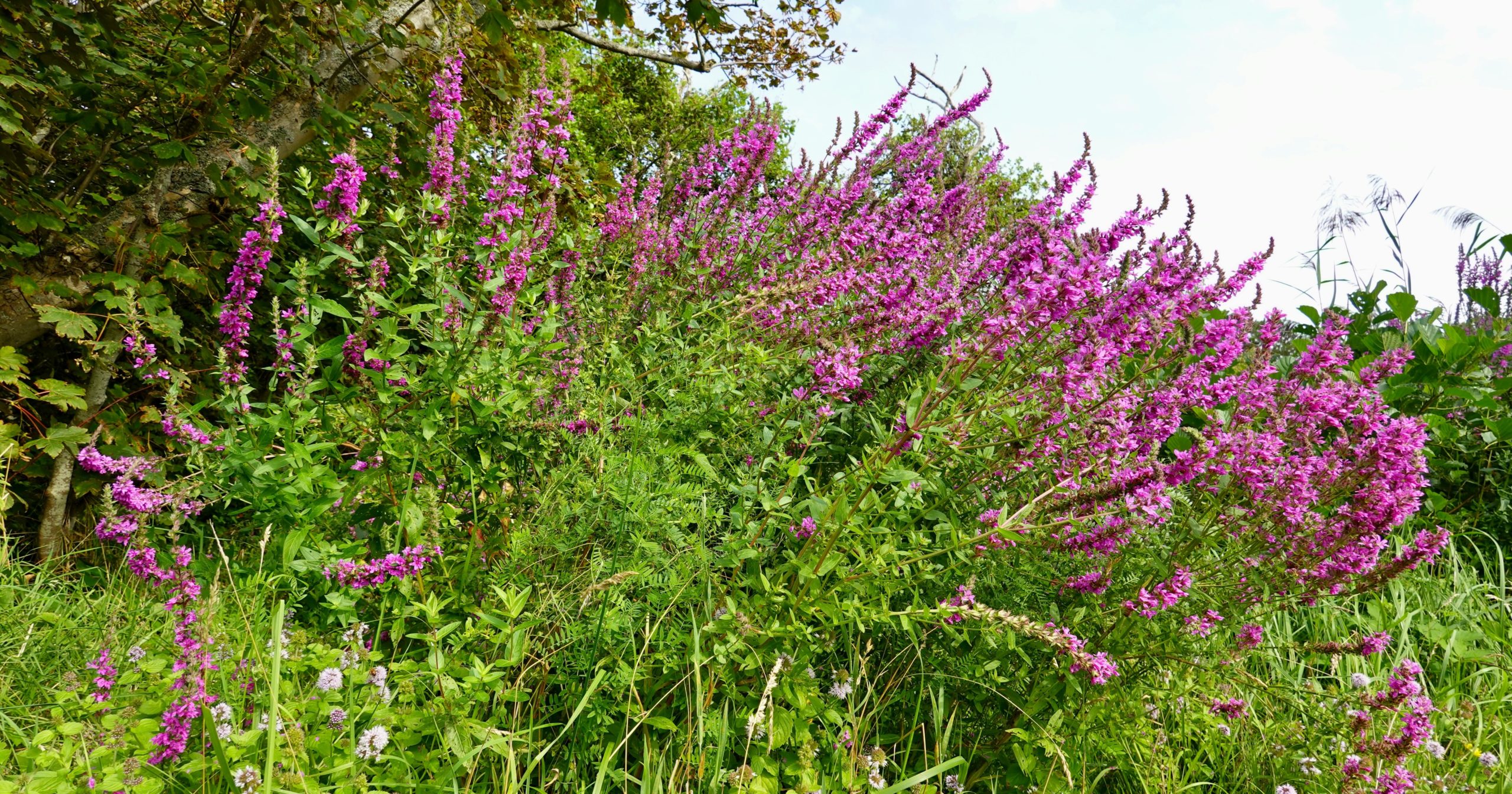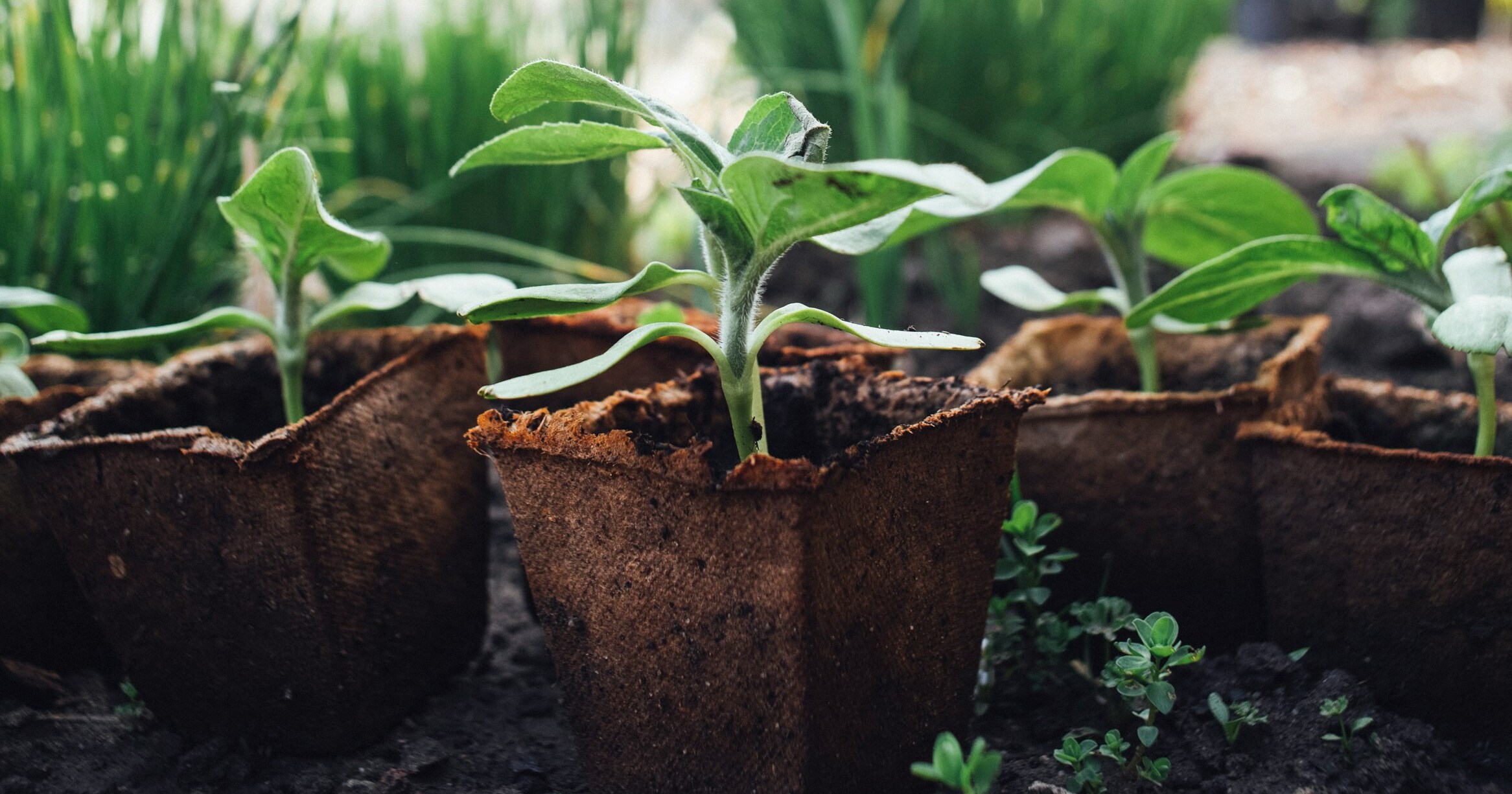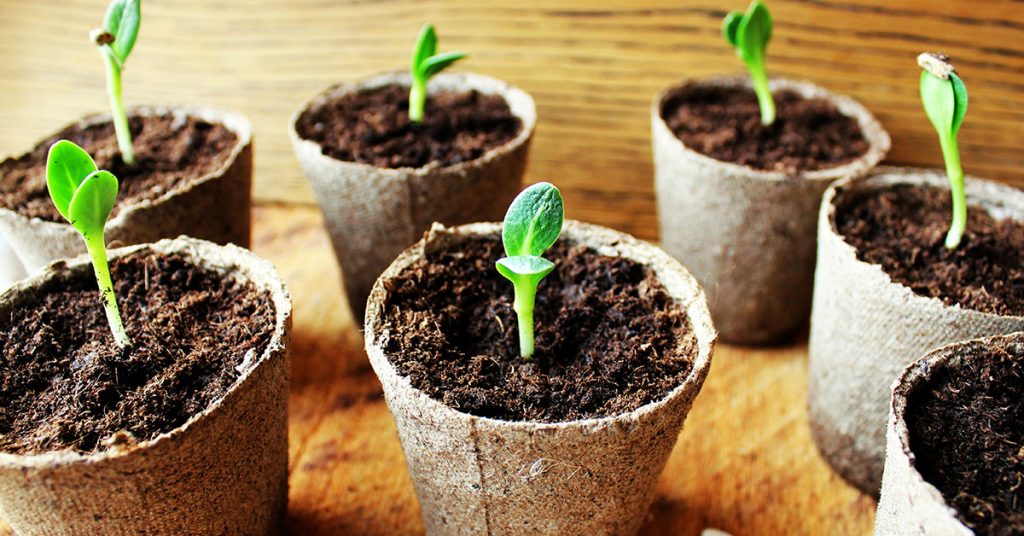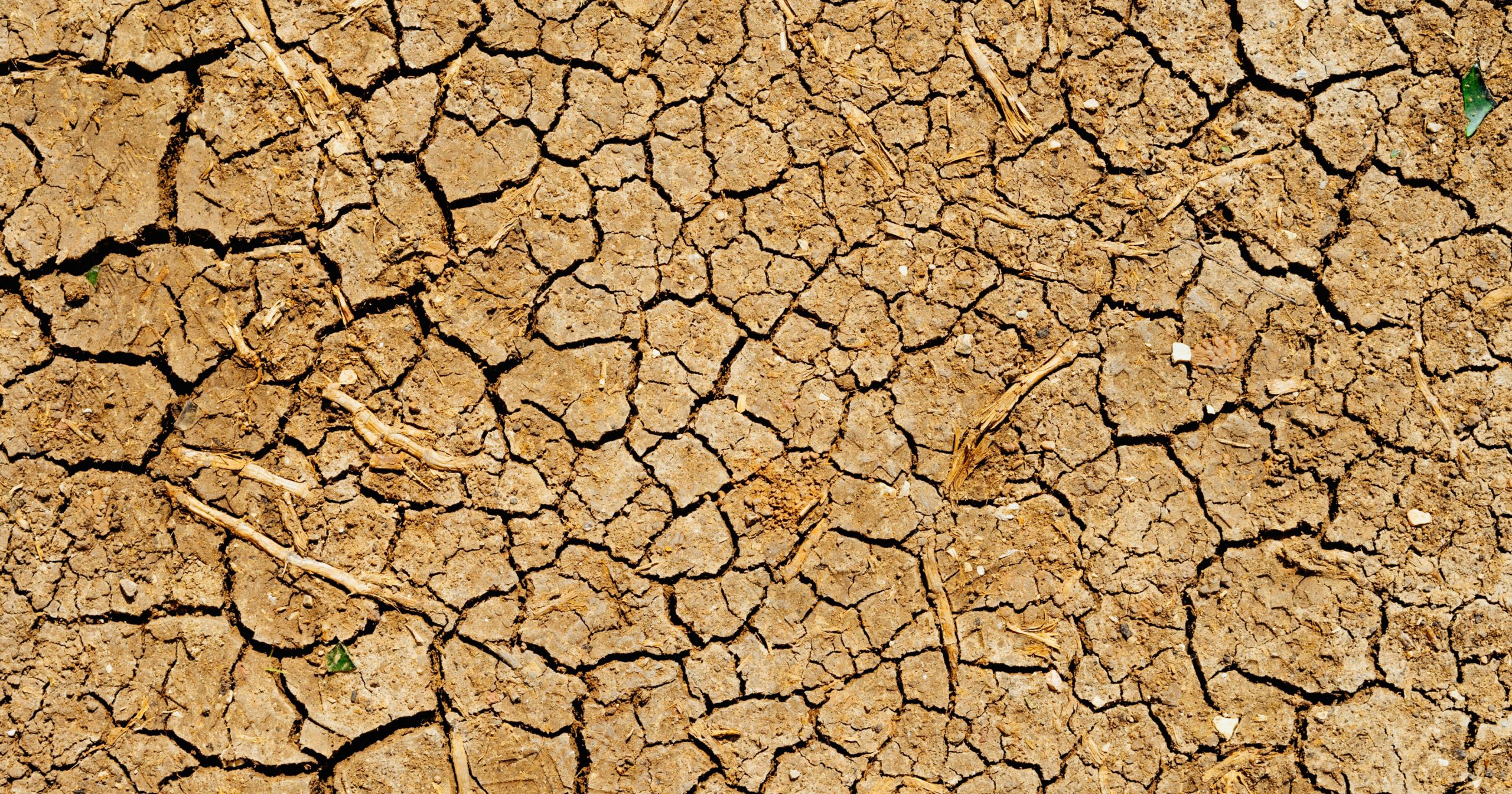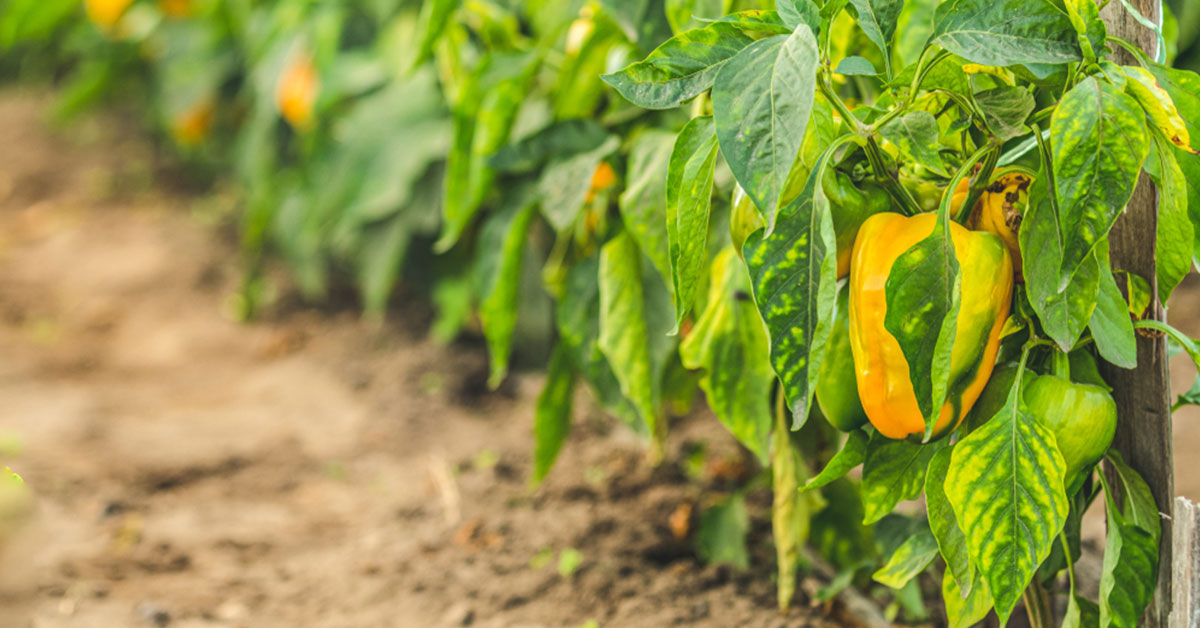My favorite plant to grow each season is the tomato. Nothing can compare to the taste of a freshly picked, sun-ripened tomato. I love adding them to salads, sandwiches, and sauces. They’re also great for slicing and eating on their own. Growing tomatoes is a rewarding experience. That said, it can be troubling when you notice your tomato leaves curling.
This can be a sign of a number of issues, including too much or too little water, too much or too little sunlight, or even a nutrient deficiency. Knowing what the problem is and how to fix it can be tricky, but it’s important to keep your tomato plants healthy and productive.
No matter the issue, tomatoes are an excellent plant to grow each season. Their delicious flavor and versatility make them a favorite of home gardeners around the world. Taking the time to troubleshoot any issues can help ensure a successful harvest.
Common problems that cause tomato leaf curl
It’s important to keep in mind that tomato leaves aren’t perfectly flat, and depending on the variety, some curl is probably normal. But if your tomato leaves are excessively curling in conjunction with other symptoms, like browning or yellowing leaves, you may have a bigger problem. These are the most common reasons for curling tomato leaves:
Transplant shock
Transplant shock can cause tomato leaves to curl up and wilt, making them appear dry and lifeless. This is caused by the sudden transition from the warm, moist environment of the greenhouse to the cooler, drier environment of the field or garden. The plant is unable to adapt quickly enough to the new environment, resulting in the shock response of leaf curling and wilting. In addition to the environmental transition, transplant shock can also be caused by incorrect planting depth, overly dry soil, or damage to the roots from handling. To prevent transplant shock, always handle the roots of tomato plants gently and avoid exposing them to direct sunlight or wind for too long. Planting in warm, moist soil at the correct depth can help the plant to quickly transition to the new environment and avoid shock.
Too much water
Too much water can cause root rot in tomato plants, which can cause the leaves to curl. Root rot is caused by the roots of the tomato plant being exposed to too much moisture, resulting in the roots becoming waterlogged. This leads to a lack of oxygen in the roots and the spread of fungi that cause root rot. As a result, the tomato plant will not be able to absorb the necessary nutrients from the soil and the leaves will start to curl. The only way to prevent this from happening is to make sure that the tomato plant is not exposed to too much water. If the plant is in a container, it is important to make sure the container is not over-watered and that there is adequate drainage. If the plant is in the ground, avoid overwatering and make sure the soil has the proper drainage.
High heat
High heat can cause tomato leaves to curl and become dry and brittle. This is due to the plant’s natural response to extremely hot weather. When temperatures rise, the plant’s stomata, or the small openings on leaves, close up to prevent excessive water loss. Unfortunately, this also prevents the uptake of carbon dioxide, which is essential for photosynthesis. Curling of the leaves is an indication that the tomato plant is under heat stress and may need to be moved to a cooler location. Additionally, it is important to keep the soil moisture consistent to give the plant the best chance of surviving the heat. Providing some artificial shade during extremely hot days may help reduce the damage from heat.
Excessive nitrogen
Excessive nitrogen will cause tomato plant leaves to curl because of root damage and unbalanced growth. Nitrogen tends to spur new foliage growth, sometimes at the expense of the fruit. If your tomato leaves are curling and the fruit are falling off, you may have overdone it on the nitrogen.
Excessive salt
Too much salt in the soil can damage tomato plants and cause the leaves to turn yellow and curl. The salt content in the soil interferes with the plant’s ability to absorb water and essential nutrients, resulting in nutrient deficiencies. This leads to the yellowing and curling of the leaves. To prevent this, it is important to regularly monitor the salt content in the soil and leach away excess salt with fresh water.
Damage from herbicides
Herbicides are chemicals used to kill or inhibit the growth of unwanted plants. When herbicides are applied near tomato plants, they can cause the tomato leaves to curl due to the herbicide’s toxicity. Herbicide drift, which occurs when the herbicide is carried away from its intended target by wind or water, can also cause tomato leaves to curl as the herbicide is spread to other plants. The curled leaves are a sign of herbicide damage, as the chemical disrupts the normal growth of the tomato plant, stressing the plant and causing it to curl its leaves in defense.
Disease
Tomato yellow leaf curl virus (TYLCV) is a plant virus that causes curling and yellowing of tomato leaves. This virus is spread by whiteflies and is particularly destructive in tropical and subtropical climates. Other viruses, such as the tomato mosaic virus, tomato mottle virus, and tomato spotted wilt virus, can also cause tomato leaves to curl. Other diseases, such as bacterial spot, verticillium wilt, and fusarium wilt, can also cause tomato leaves to curl. These diseases are caused by fungi and bacteria, and often require fungicide or antibiotic treatments to control.
